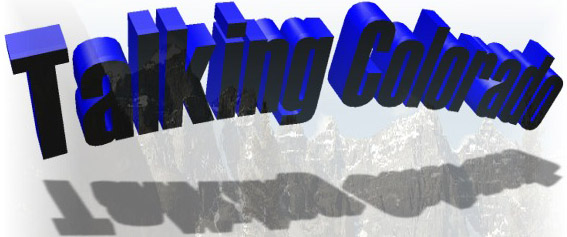Vail, Colorado
Vail, Colorado is a Home Rule Municipality in the heart of Eagle County. The city's population as of 2005 was just shy of 4,600 people. Incorporated in 1966 at the base of the Vail Ski Resort (est. 1962), Vail is famous for having the second largest single ski mountain in the North America. Vail is named after nearby Vail Pass, which is named for highway engineer Charles Vail, who routed US Highway 6 through the valley in 1940.
The average elevation in Vail is 8150 feet. There is a total land area of 4.5 square miles, with Gore Creek flowing east to west through the center. The only other body of water in town is a small pond. Vail sits inside the boundaries of White River National Forest and the land is leased from the US Forest Service. The town lay at the base of Vail Mountain, the centerpiece of the Vail Ski Resort. From the top of Vail Mountain, you can see the Mount of the Holy Cross. The peak of Vail Mountain lies at 11,570 feet. There are 5,289 acres of skiable area, 193 marked trails on three faces, and 33 lifts providing ample access. SKI Magazine voted Vail as the top ski resort in the nation for the 2006-07 season.
Because of its place high in the mountains, Vail experiences very cold winters and pleasantly warm summers. The climate is referred to as either subarctic or alpine. From Thanksgiving to late February temperatures remain mostly freezing. There is an average of around 200 inches of snow every year in Vail, even more in surrounding mountain areas. Roads are closed periodically through the winter months. Summer temperatures can reach the low 80s, but usually hover around the low to mid 70s.
Serving Vail, Beaver Creek, and Eagle County, the Eagle County Airport sits near Gypsum. Native Americans indigenous to the area called the area the airport sits on the "hole in the sky" because storms seemed to avoid the area. Vail was modeled after European ski towns, which are often car-free. The area boasts the largest zero-fare shuttle system in the country. At each bus stop around the valley a sign displays wait time before the next bus is scheduled.
Interstate 70 runs through the center of Vail, and is the sole path to or from the city. To the east I-70 travels through Vail Pass and off to Denver, 97 miles away. To the west I-70 passes through Avon, Eagle, and Grand Junction before ending at its intersection with I-15, just across the Colorado border with Utah.
As of the 200 US Census, Vail was home to 4,531 people in 2,165 households, with 762 families. Population density was just under 1000 per square mile. The town's racial makeup was 94% plus caucasian, with the remainder mixed between Native American, Asian, and Hispanic.

